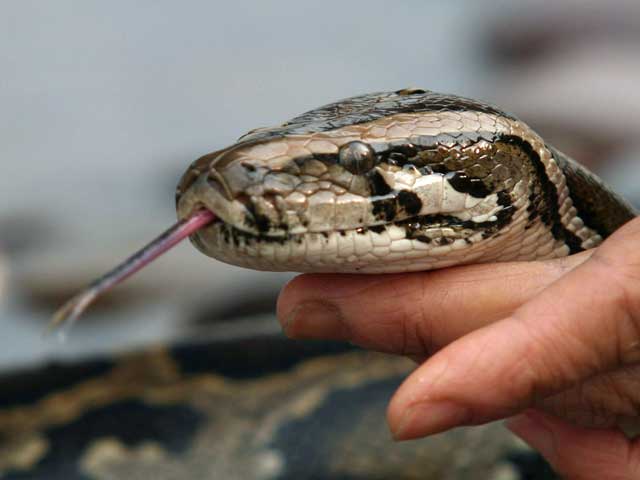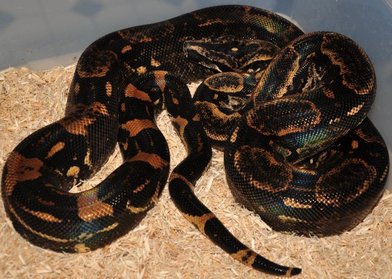

Native to tropical regions in the Americas and the Caribbean, these snakes love the heat. Most of the trees had died because of a heavy infestation of root-eating "Tuzas," or pocket gophers.1.6.8 Are Boa Constrictors a Good Beginner Pet? Boa Constrictors Pet Care Guideīoa constrictors are large, heavy-bodied snakes in the family Boidae. I carried the non-struggling boa about a kilometer into the forest, to a clearing where they'd planted fruit trees.

If anyone knows what that is drop me a line. The above head picture also shows what appears to be a spurlike scale projecting from the lower lip. Northerners used to thinking in terms of venomous pit vipers (rattlesnakes, cottonmouths, copperheads) having vertical pupils find this a bit unsettling, but in this case it doesn't mean anything. Notice the narrow, vertical pupil (like a cat's eye). Boas do have true scales on their bellies, the ventral scales.
Boa constrictor snake types skin#
That's because a boa's head scales aren't really scales at all, but rather intricately folded skin that helps the snake tightly grip surfaces and aid in locomotion. You may remember our recent picture of a snake head where I labeled the various scale types - it's still at Our boa's head scale pattern is nothing like what's in the picture. They hiss loudly, mouth partly opened, and readily strike at any intruder." Campbell also says that the largest boas he's seen in Guatemala were a little over 8 feet long (2.5 m), though he's seen a collected and preserved one 10.5 feet long (3.2 m), and of course every village has someone with stories of one thick as a Mahogany tree and an eater of cattle.Ībove you can see that one distinctive feature of a Boa Constrictor is that its head scales are much smaller than on most other snakes.

Jonathan Campbell in his Amphibians and Reptiles of Northern Guatemala, the Yucatán, and Belize says that most boas he's come across in South America tend to be rather mild mannered and easily handled but "many Central American boas are easily aroused and aggressive when first encountered. After a few feeble strikes at my hand, clearly all bluff, I grabbed him behind the neck, he opened his mouth and hissed in a way that sent his audience jumping back, he coiled his thick body around my arm (he's a constrictor, so he does that very well), and you can see what that looked like at the top of this page. Despite the snake's absolute harmlessness to humans, the critter had to be relocated from the tourist area, so I approached for a capture.

It was a Boa Constrictor, BOA CONSTRICTOR, not a particularly large one, only five or six feet but big enough to terrorize the Maya who are as hysterical and ill informed about snakes as they are knowledgeable and artful in the use of medicinal plants. When I got to the snake spot and saw how many people were standing around wide-eyed with their mouths open I knew it'd be a good one. "It's a big one, Jim, over a meter," he said. Tuesday morning my friend Alex came running toward the hut yelling my name and I figured he and his pals on the grounds crew had run into a snake, and such was the case. From the JNewsletter issued from Hacienda Chichen Resort beside Chichén Itzá Ruins, central Yucatán, MÉXICO limestone bedrock, elevation ~39m (~128ft), ~N18.52°, ~W95.15°


 0 kommentar(er)
0 kommentar(er)
